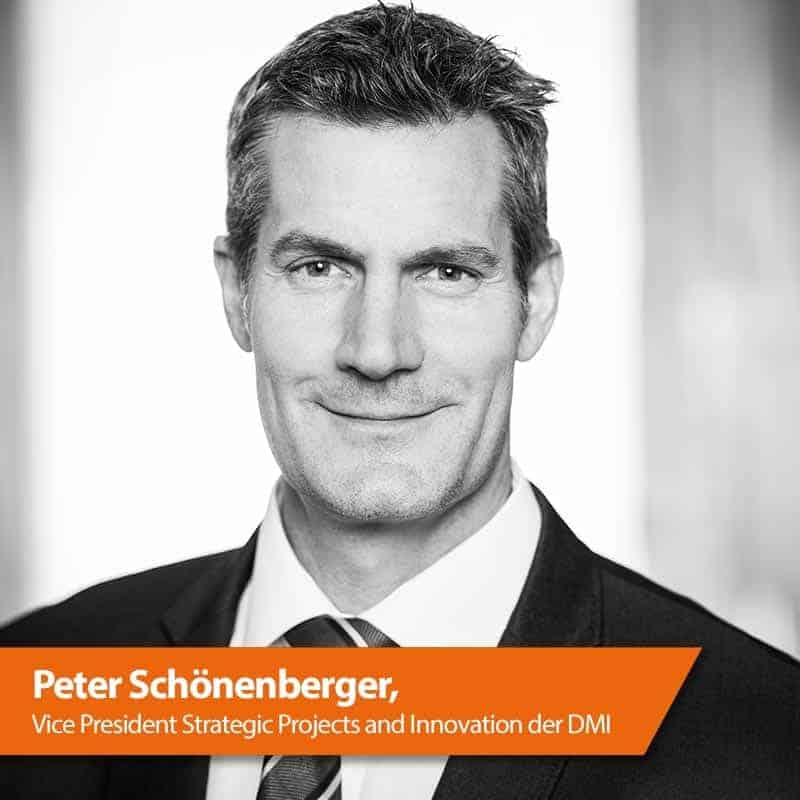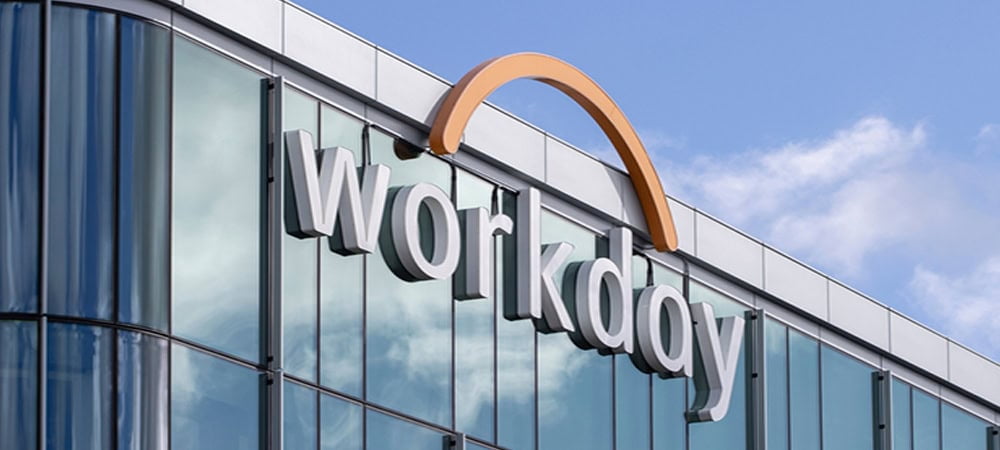IT and business agility
![[shutterstock: 1726562503, Maxger]](https://e3mag.com/wp-content/uploads/2020/12/shutterstock_1726562503.jpg)

Digitalization, structural change, corona pandemic - as never before, business leaders are challenged to adapt their companies and business models to rapidly changing conditions and circumstances. Agility is the magic word that expresses and is supposed to increase adaptability and speed in order to increase resilience to external shocks. The most popular corporate strategies for greater agility currently include acquisitions and mergers (mergers and acquisitions) or their fraternal twin, i.e., spin-offs, spin-offs or sales of parts of companies and divisions (carve-outs).
What is sealed in contracts at the management level and triggers joy, puts IT departments under stress. This is because they have to take into account and support the different interests of buyers and sellers. In addition, they have to cope with the time dimension of such projects, which will be felt in operations and costs for many years after the transaction.
At M-and-As, the buyer's IT inherits a historically grown IT landscape with a large number of different systems and applications from a wide variety of manufacturers and in different release statuses, the number of which quickly runs into the hundreds. The resulting complexity is enormous and must be reduced as quickly as possible. In the case of carve-outs, on the other hand, IT must reconcile the different interests of the buyer and seller, which can be summarized under the term governance.

While the former has a vital interest in ensuring that all data and documents relating to its business are reliably extracted from the vendor's information inventory and handed over, the latter wants to ensure that under no circumstances does more information than absolutely necessary leave its organization.
In order to hand over all relevant data and documents to the buyer, sometimes immense databases with different structures have to be searched through and subsequently selected in a meaningful way. These huge volumes and different data formats are typical for grown SAP landscapes. ERP systems with a data stock accumulated over twenty or more years in more than 80,000 tables, which have undergone several migrations and therefore have correspondingly different structures, are not uncommon here.
However, the interest of the buyer goes even further and even coincides with the interest of the former parent company in the case of spin-offs, for example with the aim of taking a business line to the stock exchange as an independent company, or in the case of management buy-outs. This broader interest pursues two goals in particular: Freedom of choice in the future ERP system and minimization of the operational data to be transformed.
This fundamental separation of the two levels is the hallmark of the Java-based platform for information management JiVS IMP. It was designed from the outset to remove data and documents from their original environments, store them on the platform itself in an audit-proof manner and make them available to users in their original format for viewing, irrespective of the application. The key difference between JiVS IMP and conventional archiving is that the information is stored together with its business context.
As a result, individual data records and associated documents can be searched for and filtered out in the platform just as if one were in SAP or any other application. Only then do the original environments become superfluous, can they be streamlined and, in the case of legacy systems, completely decommissioned and disposed of. Incidentally, JiVS IMP also does the same for ADK files, the contents of which are stored on the platform as individual data records and documents, so that the archives can then also be disposed of.

This approach to historizing and separating data and documents from live systems plays out its advantages especially in M-and-As and carve-outs: Because in both cases, most of the legacy information of the acquired company or the former parent company is not needed in operations as part of the live systems. The goal is therefore to filter out this data from the operational systems and archives, to historicize it, and thus to massively reduce complexity in IT in the shortest possible time.
To this end, JiVS IMP enables the complete dataset to be transferred from a live system at the push of a button. JiVS IMP has proven itself in over 1000 projects worldwide. As a mature solution, the platform already comes with over 2000 business objects in the standard version, including more than 1200 for a wide range of SAP systems in various releases from R/3 Version 3.0 onwards. These objects create the prerequisites for automatic data transfer. One example of such objects is SAP purchase orders. They contain the long texts associated with the individual data records, change documents, links to documents, but also all SAP Office documents (GOS), etc.
JiVS IMP acts as a central collection point and staging area for corporate information in both M-and-A and carve-out projects. This is where data and its quality can be analyzed and optimized by means of enrichment and harmonization, analyses of the reduction potential of the data stock can be created, the filter rules for reduction can be defined before data transfer, and the data can be made available in a neutral format for subsequent transformation and migration.
Once the migration has taken place, JiVS IMP ensures legally compliant access regardless of device, time or location, and subjects the legacy information to end-to-end retention management for seamless administration of the lifecycle of historicized data.
Birr Machines: Carve-out in three months
A perfect example of a successful carve-out using the JiVS IMP platform is the Swiss company Birr Machines, which specializes in the manufacture and maintenance of electric motors. When the company was spun off from ABB as a buy-out in 2018 by the then and current management, the decades of manufacturing, quality and experience knowledge was stored in the SAP system of the former parent company.
The aim was to extract this knowledge in a way that made business sense and was technically elegant and simple, and to make it available in the new environment based on SAP Business One. And it succeeded. Access to ABB's data center and SAP system could be switched off as early as February 10, 2020, after the historical information had been filtered out with the help of JiVS IMP and transferred to the platform. "That was less than three months after our first meeting - a phenomenal achievement, not to mention the excellent cooperation with our colleagues from Data Migration International," reports Matthias Lemblé, Head of Supply Chain Management and IT, Birr Machines.




